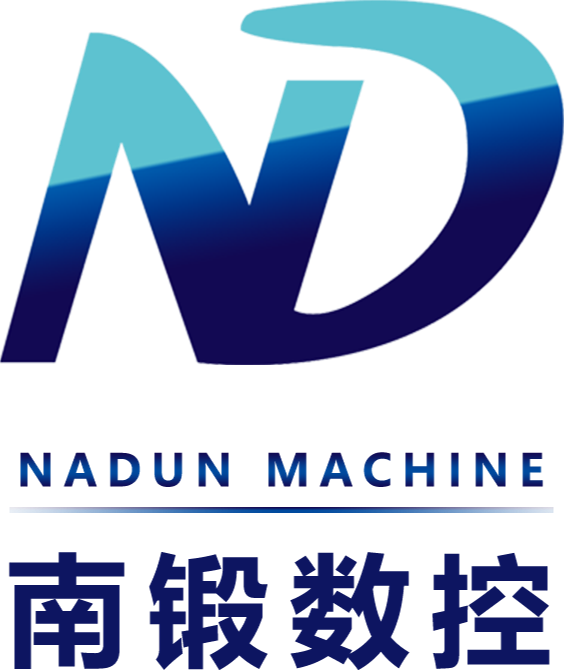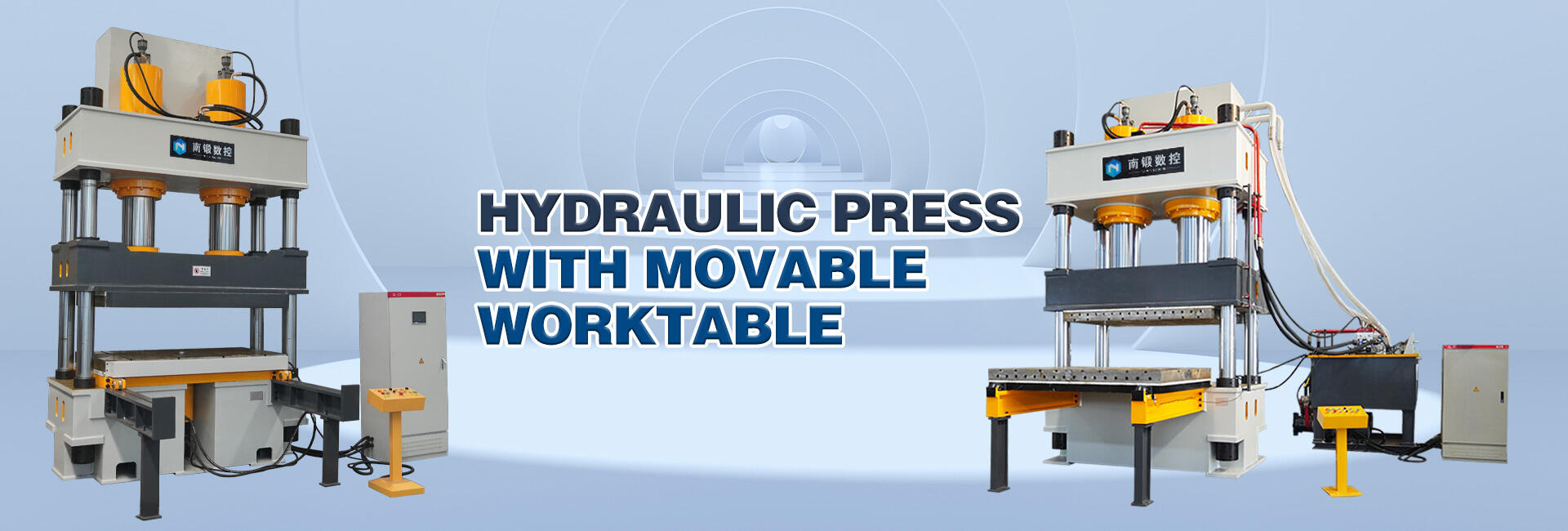Mitkä ovat ylläpitovaatimukset 200T H-ruudun hydrauliselle paineelle, joka käytetään teollisuuskäytössä?
Ylläpitovaatimukset 200T H-kehyksen hydraulisen paineen teollisiin sovelluksiin käytettävästä
200T H-kehyksen hydraulisen paineen ylläpitäminen on välttämätöntä sen optimaalisen suorituskyvyn, ikäkestoon ja turvallisuuteen varmistamiseksi. Nadun Machinery Manufacture Co., Ltd:ssä korostamme säännöllisen ylläpidon merkitystä vähentääksemme pysähtymisaikaa ja pidittääksemme hydraulisten paineiden eliniän. Seuraavat ovat avaintekijöitä 200T H-kehyksen hydraulisen paineen ylläpidossa teollisiin sovelluksiin käytettäessä:
1. Säännöllinen tarkastus ja puhdistus
- Päivittäiset tarkastukset: Suorita päivittäiset tarkastukset kaikenlaisista kuluneisuusmerkeistä, vajoista tai vahingoista. Tarkasta hydrauliset putket, liitimet ja yhteydet mahdollisista öljyvajouksista.
- Siistius: Pidä paine ja sen ympäristö siistiinä. Jyvä, pöly ja saasteet voivat aiheuttaa huomattavaa vahinkoa hydraulijärjestelmälle ja mekaanisille osille.
- Voitelu: Varmista, että kaikki liikkuvat osat on riittävästi rasitetut vähentääkseen kitkaa ja estääkseen kuluneisuuden.
2. Hydraulisen väetyksen ylläpito
- Väetyksen määrät: Tarkista säännöllisesti ja ylläpidä hidraulinen vesi suositelluilla tasoilla. Matalat vesitasot voivat johtaa tehottomaan toimintaan ja mahdolliseen vahingoon.
- Veden laatu: Tarkista hidraulinen vesi säännöllisesti saastumisesta. Vaihda vesi, jos se näyttää salaista tai heikentyneeltä. Korkealaatuisen hidraulisen veden käyttö on ratkaisevaa järjestelmän tehokkuuden ylläpitämiseksi.
- Suodattimen vaihto: Vaihda hidrauliset suodattimet valmistajan suosituksen mukaisesti estääksesi saasteiden pääsyn hidrauliseen järjestelmään.
3. Mekaanisten komponenttien ylläpito
- Purkit ja kiinnitykset: Tarkista ja tiivistä purkit ja kiinnitykset säännöllisesti varmistaaksesi, että ne ovat turvallisia. Lepojen komponentit voivat johtaa toimintoonnetukeisiin ja turvallisuusriskiin.
- Tasaus tarkistukset: Varmista, että painoperaation kehys ja työntäjä ovat oikein kohdistettuja. Epäoikea kohdistus voi aiheuttaa epätasaisen paineen jakautumisen ja potentiaalisen vahingon painoperaatiolle ja työkaluille.
- Kulutettavien vaihto: Seuraa kulutettavia, kuten sigaatteja, pakkauskuoria ja käpyjä. Vaihda ne tarvittaessa vikojen estemiseksi ja paineen suorituskyvyn ylläpitämiseksi.
4. Sähköjärjestelmän huolto
- Sähkökytkennät: Tarkista ja kiinnitä kaikki sähköiset yhteydet. Hädinääiset tai hajoamisesta kärsineet yhteydet voivat aiheuttaa sähköisiä vikoja ja keskeytyksiä toimintaan.
- Ohjauspaneeli: Varmista, että ohjauspaneeli toimii oikein. Testaa hätäpysäytysnappuloita ja muita turvallisuusominaisuuksia säännöllisesti varmistaaksesi niiden toimivuuden.
5. Turvallisuustarkastukset
- Turvallisuuslaitteet: Testaa säännöllisesti kaikki turvallisuuslaitteet, mukaan lukien suojaluodit, valosuodattimet ja hätäpysäytysnappulat. Nämä laitteet ovat ratkaisevia onnettomuuksien ehkäisemiseksi ja operaattorin turvallisuuden varmistamiseksi.
- Toimittajan koulutus: Varmista, että käyttäjät ovat hyvin koulutettuja hidraulisen paineen oikeaan käyttöön ja huoltoon. Oikea koulutus voi estää väärinkäytön ja vähentää onnettomuuksien riskiä.
6. Ajoituksen mukainen huolto
- Ennaltaehkäisyisätyösuunnitelma: Kehitä ja nouda ennaltaehkäisynyttä huoltosuunnitelmaa, kuten Nadun Machinery Manufacture Co., Ltd. suosittelee. Säännöllinen huolto auttaa tunnistamaan potentiaaliset ongelmat ennen kuin ne muuttuvat suuriksi ongelmiksi.
- Ammattimainen huolto: Pyydä päteviä teknikoita säännölliseen huoltoon ja tarkastuksiin. Ammattimainen huolto varmistaa, että hidrostykytön kaikki osat tarkistetaan ja huollataan perusteellisesti.
Noudattaen näitä huoltosuosituksia käyttäjät voivat varmistaa luotettavan ja tehokkaan 200T H-kehyksen hidrostykytön toiminnan. Nadun Machinery Manufacture Co., Ltd. on sitoutunut tarjoamaan korkealaatuista koneistoa ja tukea auttaaksemme asiakkaitamme saavuttamaan optimaalisen suorituskyvyn ja tuottavuuden.
Lisätietoja tuotteistamme ja palveluistamme saat käymällä verkkosivustollamme osoitteessa nadunmachinery.com tai otathan meihin suoraan yhteyttä osoitteessa:
Nadun Machinery Manufacture Co., Ltd.
Osoite: NO.219, Xingye Road, Tengzhou, Zaozhuang, Shandongin maakunta, Kiina
Puh: +86 13606325020
Faksi: +86 0632 5268766
Sähköposti: [email protected]
Noudattaen näitä huoltotapoja hidrostykytösi jatkaa toimintansa parhaalla tasolla, varmistamalla toiminnallisen tehokkuuden ja turvallisuuden.

 EN
EN
 AR
AR HR
HR CS
CS DA
DA NL
NL FI
FI FR
FR DE
DE EL
EL IT
IT JA
JA KO
KO NO
NO PL
PL PT
PT RO
RO RU
RU ES
ES SV
SV IW
IW ID
ID LV
LV LT
LT SR
SR SK
SK SL
SL UK
UK SQ
SQ ET
ET HU
HU TH
TH TR
TR FA
FA AF
AF MS
MS MK
MK KA
KA UR
UR BN
BN

